Estimated reading time: 4 minutes
How do you know if your fruit trees are water-stressed?
In spring it can be hard to tell, but it’s a crucial time to make sure your trees DON’T dry out, particularly if they’re still flowering.
Related Articles
3 simple ways to improve your soil
Here are 3 simple ways to kickstart the health of your soil to help you grow fruit that is full of vitamins and minerals.
How to plant a green manure crop
Prepare the soil before planting fruit trees with an autumn green manure crop, and give your fruit trees the best possible chance to thrive.
Before you plant a fruit tree, do these 5 steps
If you’re planting fruit trees this winter, there are a few steps to go through before you get started with soil preparation.
Why is water stress a problem?
In the early stages of the fruit forming, it goes through cell division. The number of cells in the fruit determines how big the fruit can become. If it doesn’t have enough water, too few cells will form, and your fruit is destined to remain small.
Once this has happened, then it doesn’t matter how much water your trees get later in the season. You can’t correct this problem because the cell division phase is well and truly over.
Sadly, you’ll be sentenced to a year of small fruit.
Learning about water stress the hard way
We learned this the hard way during the millenial drought.
In our district here in central Victoria, there’s usually enough winter rainfall to ensure that there’s plenty of water in the soil in spring.
Under normal conditions our fruit trees never get water stressed at this time.
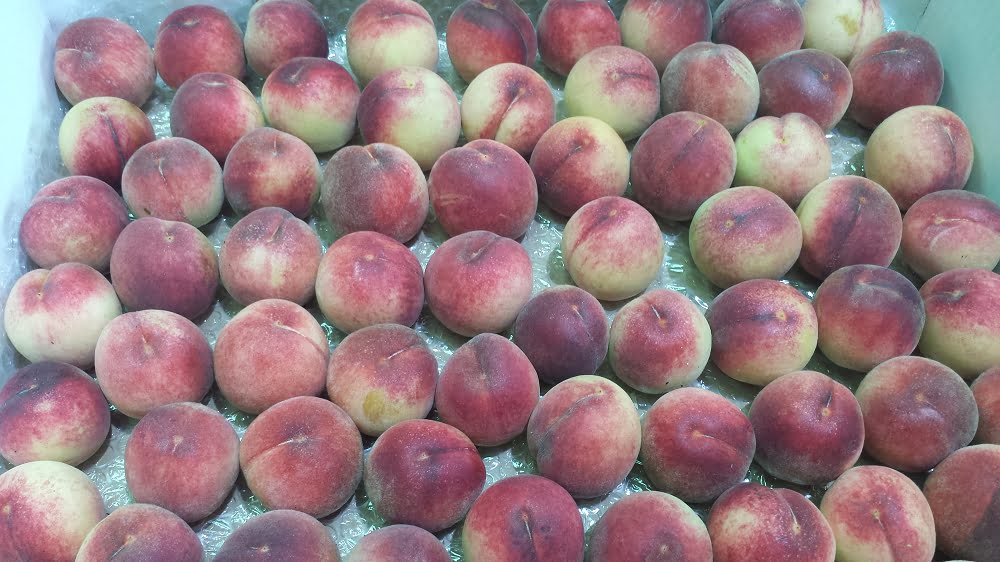
After one particularly dry winter during the drought we had to endure a year of tiny fruit (see the peaches above – urgh!). After that experience, we quickly learned that we had to start watering the trees much earlier than usual.
It’s now one of the conditions we recommend all home growers keep an eye on as you come out of winter each year.
Heat waves are another time when it’s really important to monitor your fruit trees for water stress. Here’s an extreme example of a really dry tree:
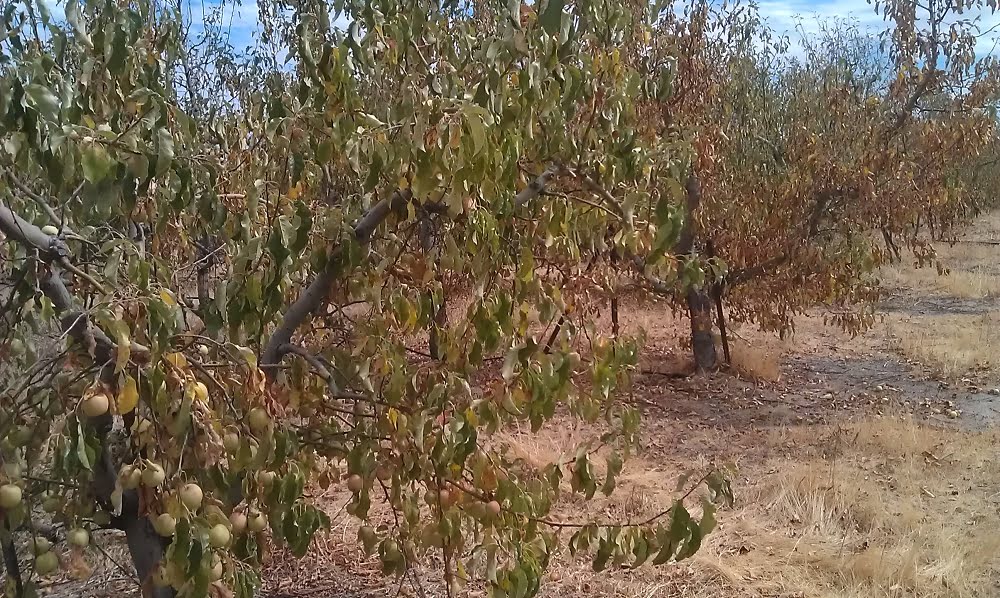
We’ve always had heat waves here in Australia, but their frequency and severity seem to be increasing. There’s not much we can do about that (apart from trying to slow down climate change).
However, we can make sure our trees are adequately irrigated, particularly during a heat wave, to minimise the stress on the tree.
Two quick ways to check soil moisture levels
The first and easiest way to check whether your trees need water is the ‘boot test’ – kick the soil under the tree with your boot and if you see dust, the tree needs watering!
The second way is going up one step in sophistication. Dig a hole a few cm deep near the trunk of the tree with a shovel. The soil should feel cool and moist. If it looks and feels hot and dry, and is very hard to dig into, it’s too dry.
Of course, there are also many more degrees of sophistication with moisture monitoring equipment. In most cases, this extra expense is not necessary.
There are also various apps available to help with this (see information about SoilMapp here), and information on the Bureau of Meteorology website.
The most sustainable long-term way to protect your trees from inadequate water is to continually improve the health of your soil and improve soil quality.
It really is amazing how much more water you can store in your soil by increasing the amount of organic matter it holds.
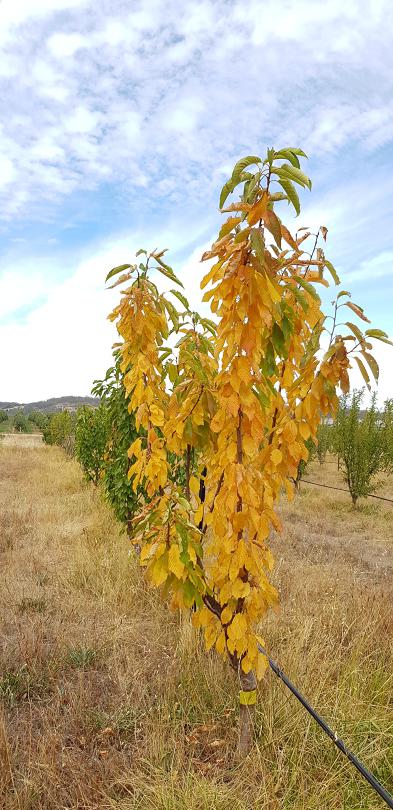
And finally, take the time to check your irrigation system regularly.
A quick 5-minute check every couple of weeks can prevent this situation (above), where a blocked dripper was only discovered when the leaves turned yellow and started to fall off.
Poor tree!
Related Articles
3 simple ways to improve your soil
Here are 3 simple ways to kickstart the health of your soil to help you grow fruit that is full of vitamins and minerals.
How to plant a green manure crop
Prepare the soil before planting fruit trees with an autumn green manure crop, and give your fruit trees the best possible chance to thrive.
Before you plant a fruit tree, do these 5 steps
If you’re planting fruit trees this winter, there are a few steps to go through before you get started with soil preparation.



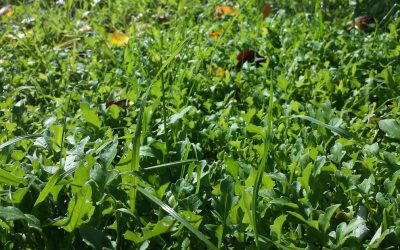
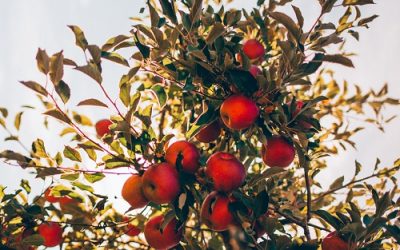


Thank you for your experience and wisdom.
Is there a problem with too much water and how do I recognise this?
Many thanks.
Jan
Hi Jan,
Overwatering can definitely be a problem, and the signs are usually very similar to being drought-stricken. Water-logging can occur much more rapidly though, so it’s worth keeping an eye out for how water is moving through your soil. Meg – Grow Great Fruit team.